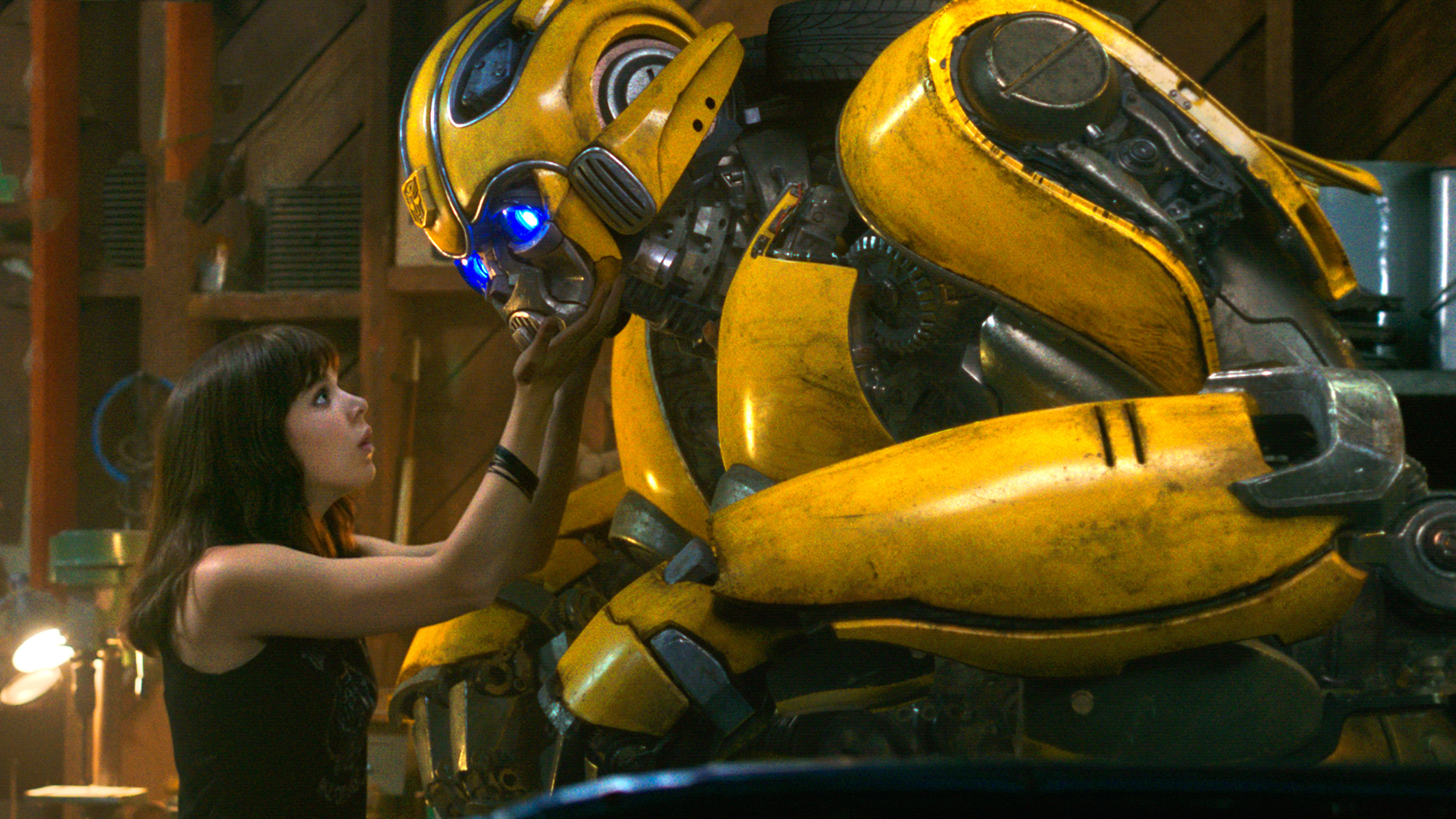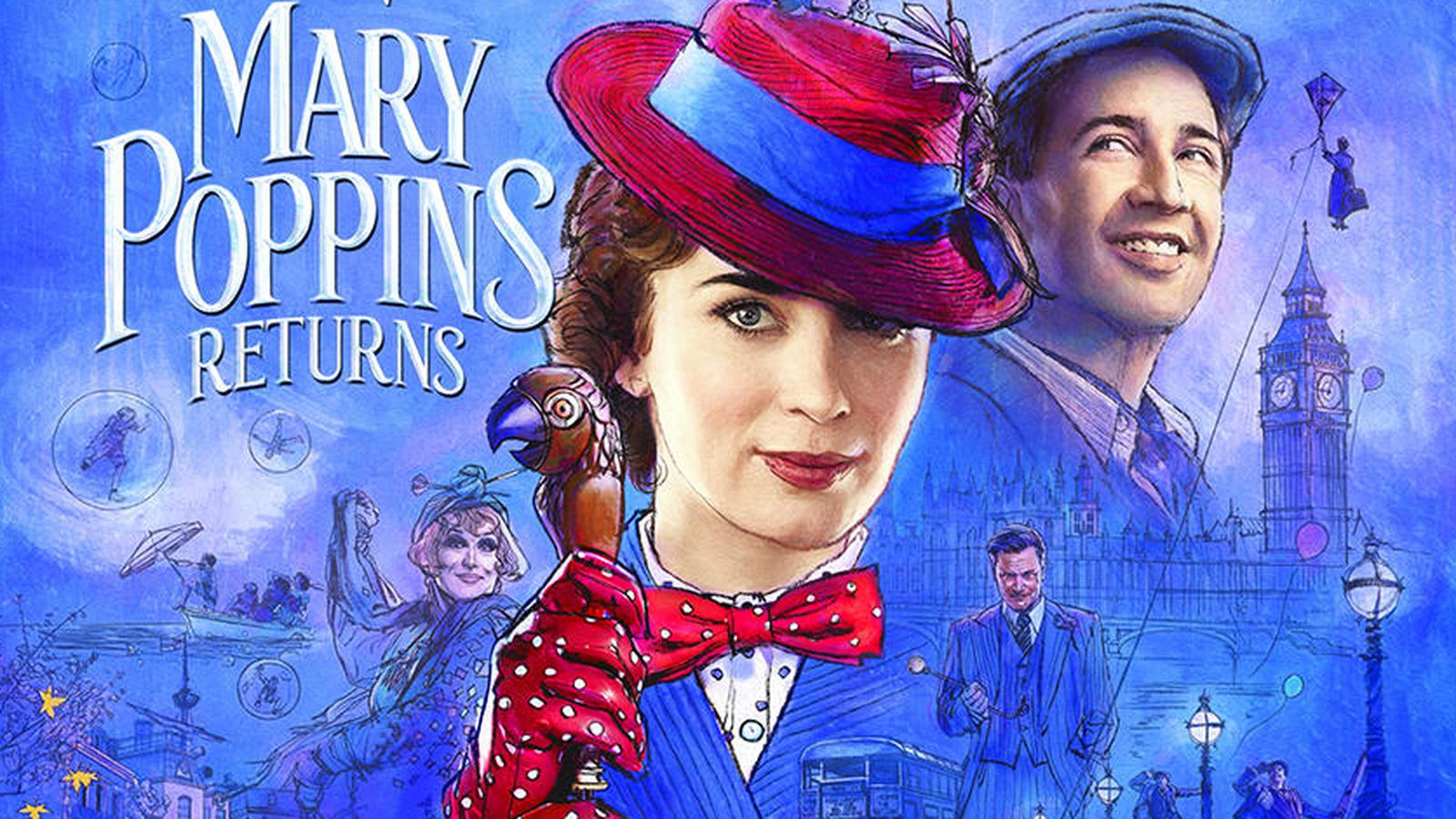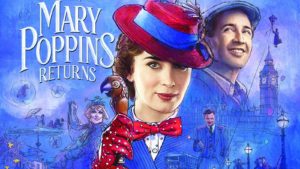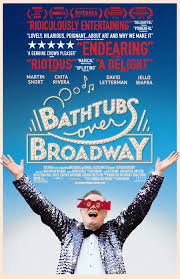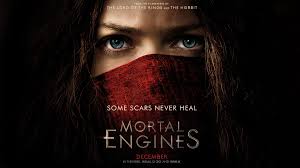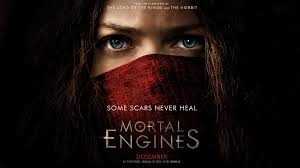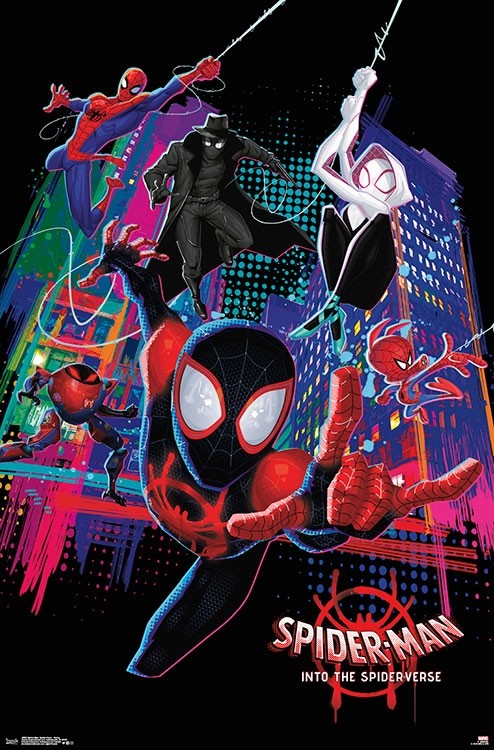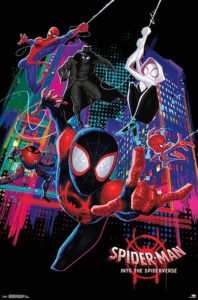Bumblebee
Posted on December 20, 2018 at 5:34 pm
B| Lowest Recommended Age: | Middle School |
| MPAA Rating: | Rated PG-13 for sequences of sci-fi action violence |
| Profanity: | Brief strong language |
| Alcohol/ Drugs: | None |
| Violence/ Scariness: | Extended sci-fi/action-style violence, weapons, explosions, mayhem, characters injured and killed, some disturbing images |
| Diversity Issues: | None |
| Date Released to Theaters: | December 21, 2018 |
| Date Released to DVD: | April 2, 2019 |
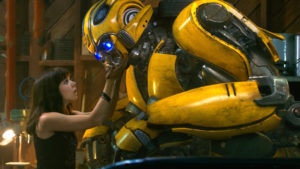
Charlie (Hailee Steinfeld) is an unhappy teenager living in San Francisco in 1987. She is still mourning for her dad, who died suddenly the year before, and counting the days until she can leave home. Everything seems an affront to her — the terrible uniform she has to wear working at the amusement park food stand, selling lemonade and hot dogs on a stick, her mother’s odious boyfriend who has moved into their home and thinks he can tell her what to do, and the monstrous unfairness of not having a car. So she spends much of her free time sulking and wearing an endless assortment of t-shirts from various edgy 80’s bands to show how righteously disaffected she is.
Meanwhile, after losing a battle to the evil Decepticons on their home planet, the good-guy Autobots led by Optimus Prime (still voiced by Peter Cullen, thank goodness) put their top soldier, Bumblebee (voiced by Dylan O’Brien) into an escape pod and tell him to set up a safe place on a remote planet called Earth. He arrives in the middle of a military wargame that leads to a chase, and is soon tracked down by two Decepticons (voiced by Angela Bassett and Justin Theroux), who permanently damage his voicebox and his memory cells. Later on, when Charlie wheedles a beat-up old yellow VW bug from a junk dealer, it turns out to be Bumblebee, and he and Charlie begin to form a friendship.
This takes us back to the first “Transformers” movie, oh, so many explosions and robot fights ago, when it was about the relationship between Sam Witwicky (Shia LaBoeuf) and his special space friend. Bumblebee’s inability to communicate, until Charlie figures out how to give him access to a radio and he figures out to use sound clips from it to “talk,” give a special poignancy to those first encounters. But that is undermined in part by subsequent scenes, which spend too much time on weak sub-plots about mean girls and the nerdy but lovable boy next door. It is nice that Charlie is very clear about setting boundaries with the boy, and he respects that. The movie could have skipped the scenes of Bumblebee inadvertently trashing Charlie’s house TP-ing the bully’s house and overturning her car, diversions that go nowhere and are not nearly as merry or endearing as they are intended to be as Knight seems more interested in the mechanics of the scene than what they add to the storyline.
All of this is of course just building up to lots more action as both the military and the Decepticons (best line in the movie is when Cena points out that the very name Decepticon should make us worry) come after Bumblebee. The Decepticons first appear to befriend the humans (and incidentally invent the Internet). So, lots of bombast and shooting and chases and explosions.
No matter what, I always enjoy seeing cars turn into robots and robots turn into cars, and I appreciated the lower-key, retro setting. If the series is not completely transformed, it does remind us why we liked the Transformers to begin with, and that’s a good start.
Parents should know that this film has a few bad words and extended sci-fi/action-style violence with characters injured and killed, weapons, explosions, and mayhem. Humans are vaporized. A positive element of the movie is Charlie’s clear boundaries with the boy who likes her.
Family discussion: Why does Charlie trust Bumblebee? Why does Agent Burns change his mind?
If you like this, try: “The Iron Giant”

